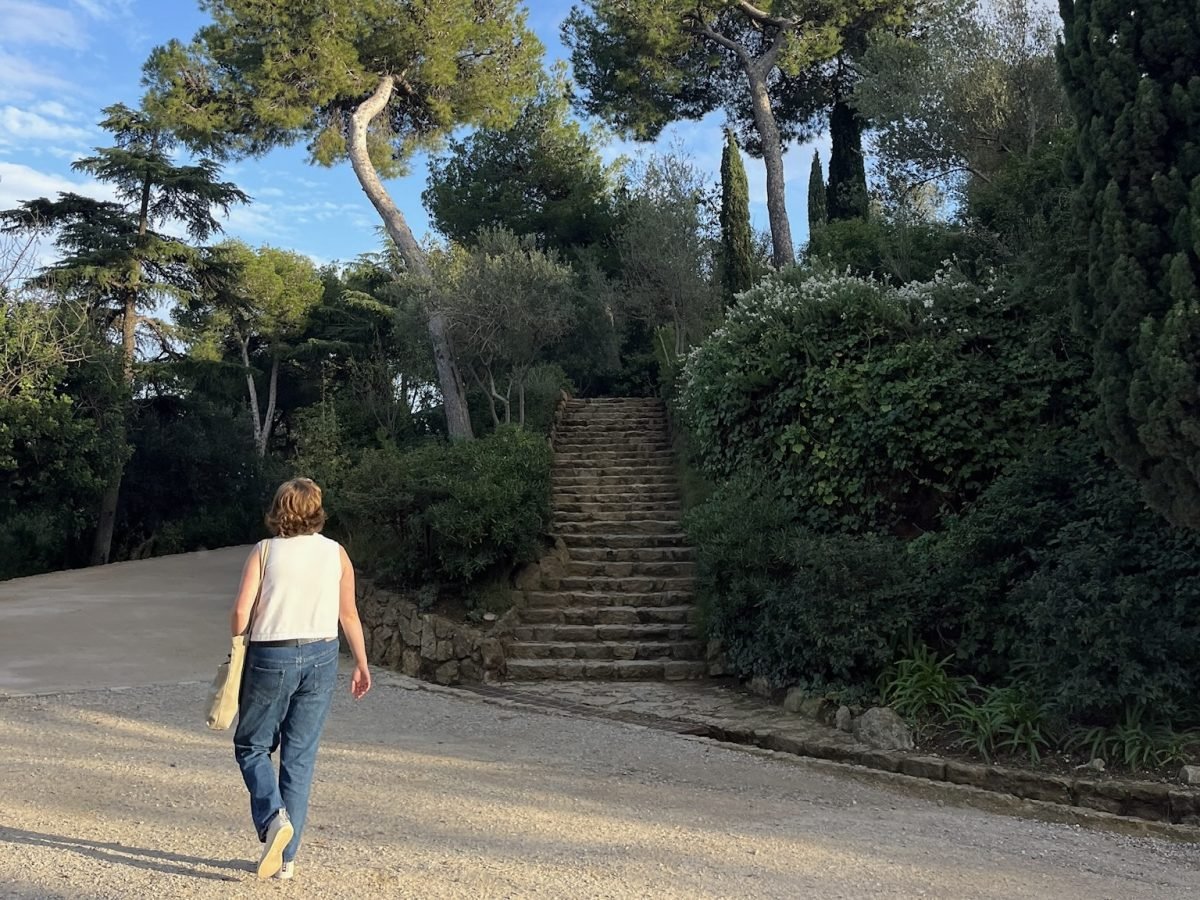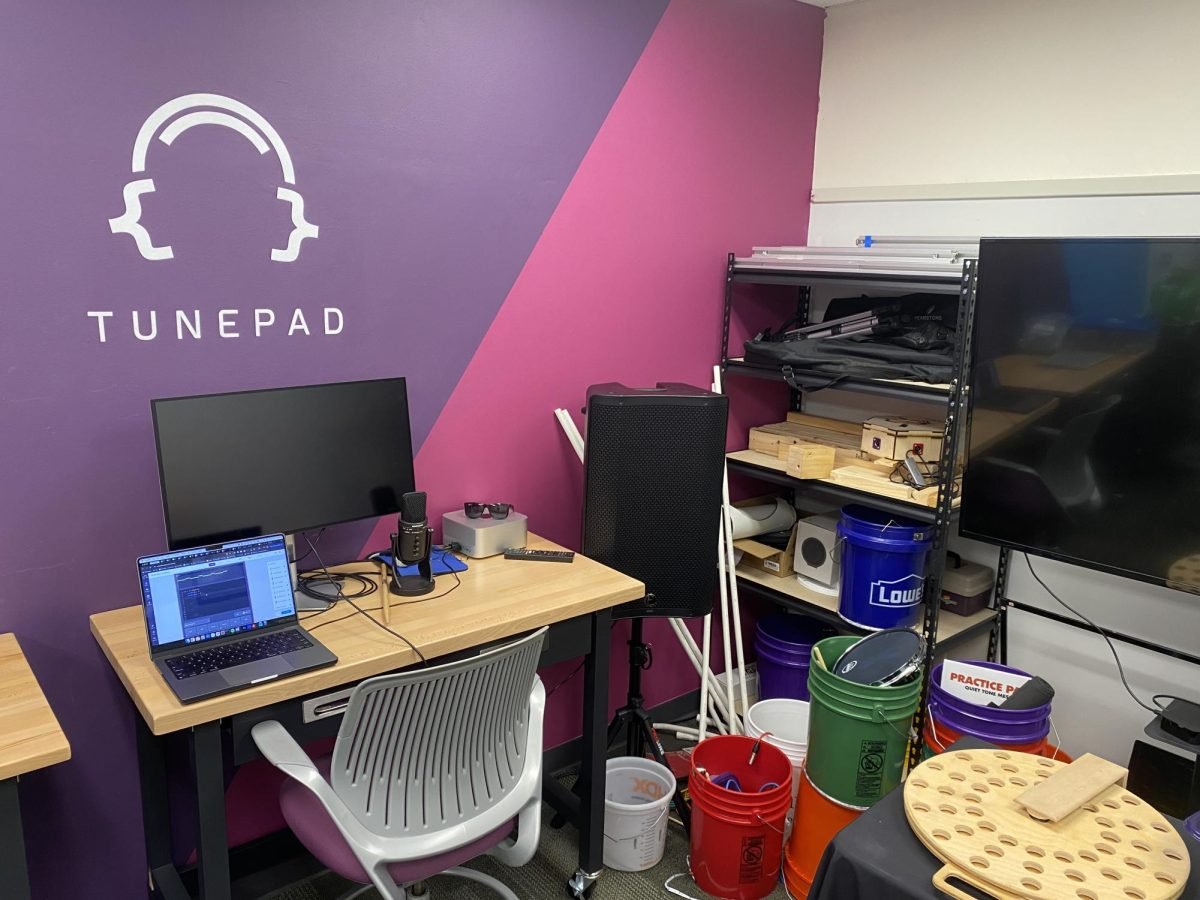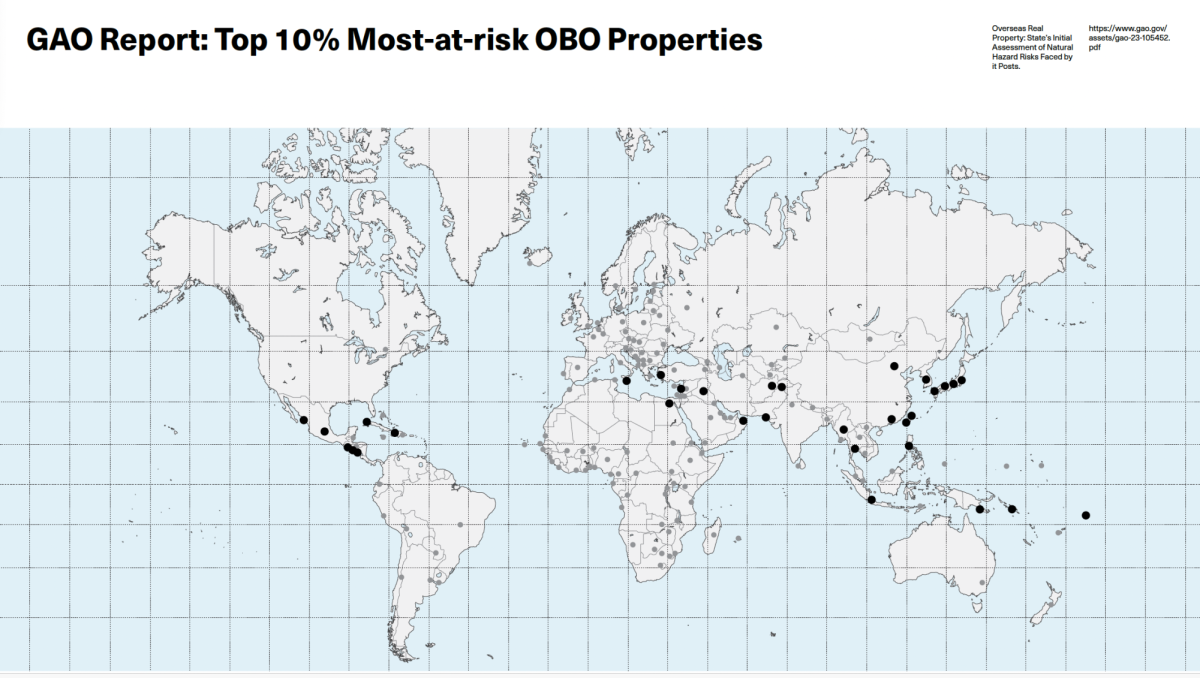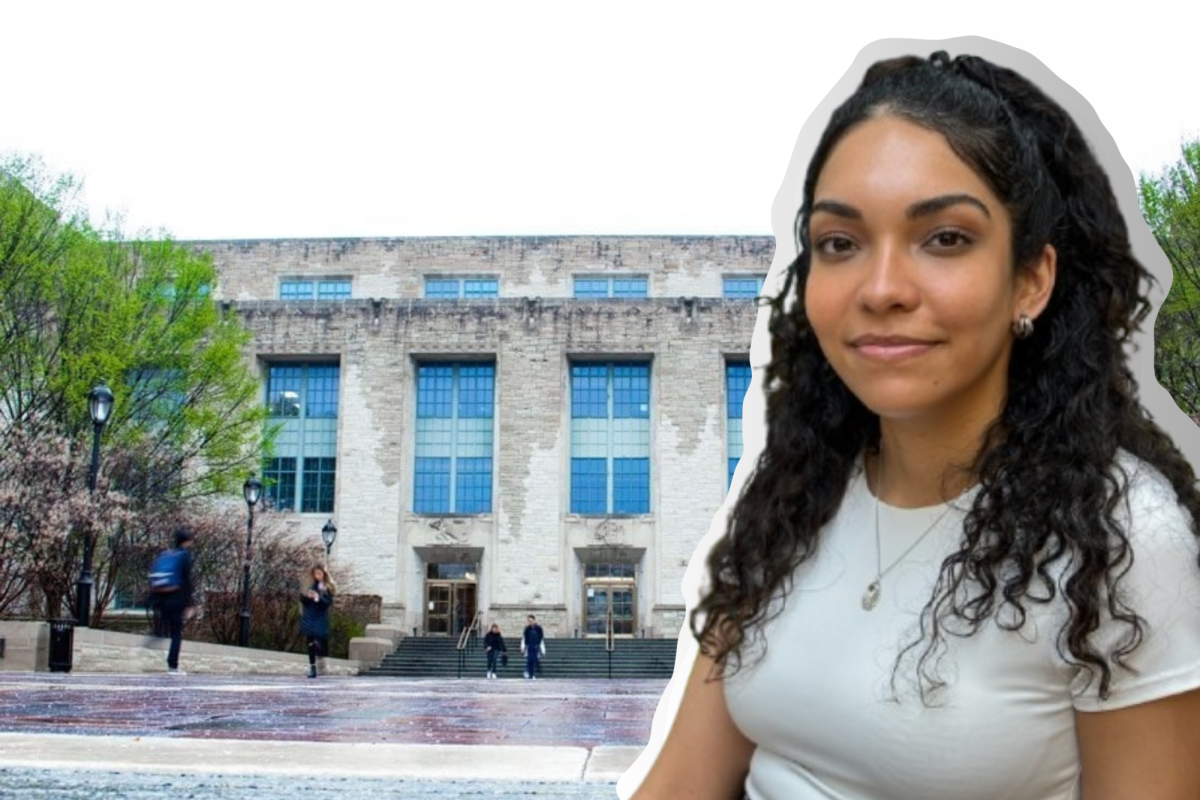A new exhibition, “Prints and the Pursuit of Knowledge in Early Modern Europe,” was installed in the Block Museum of Art, 40 Arts Circle Drive, on Jan. 17. Originally from the Harvard Art Museums, the exhibit features Northern Renaissance art, history and science from the 16th century.
“I wanted people to see that the way artists can visualize ideas and then the kinds of strategies they have for making pictures actually enabled the astronomers, anatomists and natural historians around them to better conceptualize the scientific ideas that were emerging in the 16th century,” said Dr. Susan Dackerman, a curator of prints at Harvard Art Museums and creator of the exhibit.
The exhibit includes pieces such as the first printed map to show Earth as a sphere, 16th-century advertisements for Leiden University’s “anatomical gardens” and interactive replicas of scientific instruments, including 16th-century flap prints of human anatomy. Some works, such as Stabius’ 1515 astrolabe, have never been exhibited before.
“Northwestern University seems like the ideal place for the exhibit’s presentation with the science and art history departments there,” Dackerman said. “It’s a university that I find to have lots going on and lots of collaboration between institutions and departments.”
Block Museum is the exhibit’s second and final venue. On April 8 the pieces will be sent back to private collections and storage, many of them in Europe. A catalogue displaying the works will still be available for purchase at the museum’s giftshop.
Claudia Swan, associate professor of art history at NU, contributed to the exhibit’s catalogue. Swan said she believes the relationship between science and art remains relevant today.
“A trust in illustration to impart scientific knowledge has a long history,” Swan said. “For example, long after the invention of photography, ‘Gray’s Anatomy’ still used illustrations, but we don’t tend to think about it too often.”
Museum visitors said they were very impressed with the exhibit. Elizabeth Rauch, clinical project manager at Feinberg’s department of medical social sciences, was visiting Block Museum for the first time. She said the museum was “upscale and well-maintained. I didn’t expect an exhibit of this caliber at a University museum.”
Along with the exhibit, Block Museum has instituted a new program that allows student tour guides to choose their own topics for their tours after a quarter of training and education. Before, the student tour guides, formally called docents, gave tours on topics chosen by the tour group.
“The program gives us more freedom – a way to more critically approach the exhibit,” said Weinberg sophomore Christopher Hoffman, a student docent.
As far as the exhibit goes, Hoffman said, “This is a very high-level art exhibit for a campus art museum. The exhibit brings in a lot of different disciplines. It’s a great way to get a historical perspective.”
Hoffman said he will be leading one of the first student-run tours Thursday. Guided tours and themed scholar discussions will be held during the exhibit’s time at Block Museum. Swan will hold a gallery talk Feb. 8.






